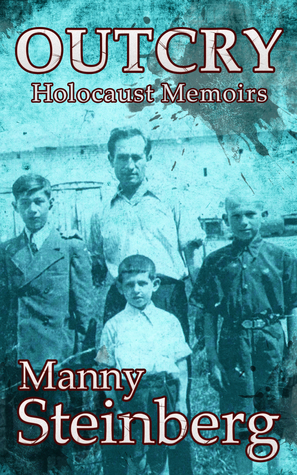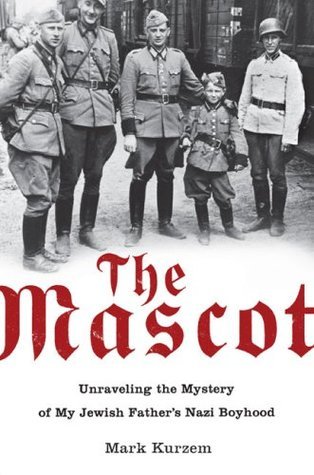
Maus II: A Survivor's Tale: And Here My Troubles Began
Book Description
Amidst the shadows of past horrors, a gripping tale unfolds as a son confronts the haunting legacy of his father's survival in the Holocaust. Art Spiegelman's 'Maus II: A Survivor's Tale: And Here My Troubles Began' blends raw emotion with piercing insight, illuminating the complex relationship between history, trauma, and memory. As each revelation peels back layers of grief and perseverance, the haunting presence of the past looms ever closer. Can the bonds of family endure the weight of survival's scars, or will the ghosts of history consume them both?
Quick Book Summary
"Maus II: A Survivor's Tale: And Here My Troubles Began" is the poignant sequel to Art Spiegelman’s groundbreaking graphic novel, continuing the harrowing account of his father Vladek’s Holocaust experiences. The story alternates between Vladek’s struggles to survive the brutality of Auschwitz and the difficult postwar relationship between Art and his aging father in the United States. As Vladek recounts his past, the emotional burden of survival becomes evident—not only for himself but for his family. Spiegelman masterfully explores inherited trauma, guilt, and the complexity of memory, interweaving personal and collective history. The cat-and-mouse motif deepens, symbolizing the ongoing struggle to make sense of catastrophic loss and the enduring impact of genocide on subsequent generations. Ultimately, "Maus II" is a raw, honest meditation on the weight of memory, the challenges of empathy, and the enduring bonds—fraught yet indestructible—between parent and child.
Summary of Key Ideas
Table of Contents
The Trauma of Survival and Its Legacy
The book resumes Art Spiegelman’s interviews with his father, Vladek, delving deeper into the horrors of Auschwitz and the lengths Vladek and his wife, Anja, went to in order to survive. Vladek’s recollections are harrowing: from starvation and brutality to small acts of cunning that secured brief respites from death. The trauma of these experiences reverberates through every page, showing how survival is at once a triumph and an enduring psychological burden. This trauma shapes not only Vladek’s postwar life but also his relationship with Art, who struggles to understand and portray his father’s suffering authentically.
Father-Son Relationships and Guilt
Spiegelman deftly examines the complicated dynamics between fathers and sons, especially when colored by trauma and generational disconnects. Art feels both empathy and frustration toward Vladek, whose idiosyncrasies and prejudices have been sharpened by his ordeals. Art’s own sense of guilt—inherited as the child of survivors and compounded by the suicide of his mother, Anja—forces him to question his ability to tell this story, and whether doing so exploits his family’s pain or honors their resilience. The emotional core of the narrative lies in these nuanced, often tense interactions.
The Burden and Limits of Memory
Much of Maus II centers around memory—its preservation, unreliability, and burden. Vladek’s testimony is fragmented and sometimes contradictory, reminding readers that trauma distorts memory and makes complete understanding elusive. As Art documents and interprets his father’s narrative, he faces the ethical challenge of representing events that are at once personal and universal. The comic’s visual style reinforces the idea that memory is both a construction and a survivor’s tool; the anthropomorphic depiction of Jews as mice, Germans as cats, and other groups as different animals further interrogates storytelling’s complexities.
Identity, Representation, and Storytelling
Spiegelman includes meta-narrative elements, showing himself grappling with the overwhelming weight of Holocaust history—both as a son and as an artist. He depicts his own sessions with a therapist, explores public reception of the first volume, and addresses the commodification of trauma in literary and artistic circles. These moments reflect on the difficulties of translating survivor experience into art, questioning the adequacy of language and images to convey suffering. The process of making Maus II becomes an act of bearing witness, where testimony is fraught but necessary.
The Persistence of Anti-Semitism and Prejudice
"Maus II" closes with reflections on the persistence of anti-Semitism and the challenge of living with the past’s shadow. Even in postwar America, Vladek encounters prejudice and remains haunted by memories of loss. The book suggests that trauma, while deeply personal, is also collective—the legacy of the Holocaust imprints itself on survivors’ descendants and society as a whole. In the end, Spiegelman crafts a story not only about survival but about the attempt to live meaningfully after catastrophe, finding connection amid pain, and resisting the erasure of memory and identity.
Download This Summary
Get a free PDF of this summary instantly — no email required.





